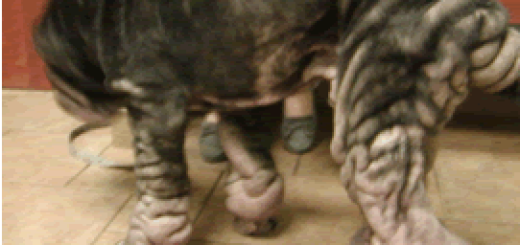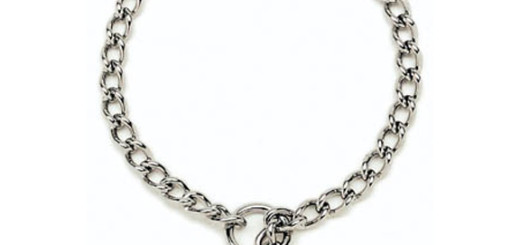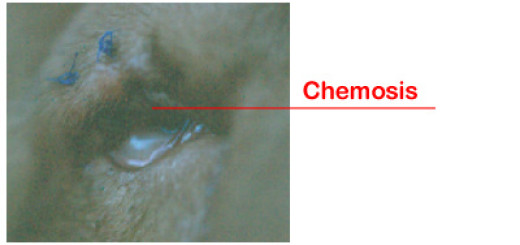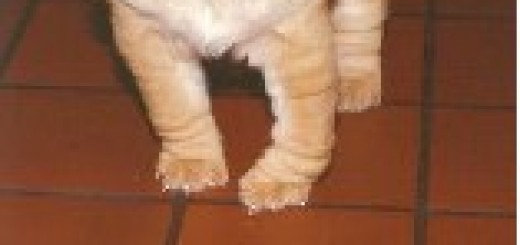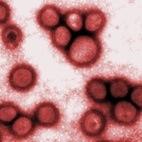Deflated Muzzle
One of the major defining physical characteristics of the Chinese Shar-Pei is the large muzzle. This is due to the hyaluronan levels in the breed which contributes to the wrinkling, large padded muzzle and cutaneous mucinosis. All Shar-Pei can deflate to some degree although some have a more padded muzzle than others and the deflation would be more noticeable. It may be a good idea to measure the circumference of your dog’s muzzle using a sewing flexible tape measure. Muzzle deflation is caused by decreased hyaluronan production and there are three causes: Anti-inflammatory drug therapy is a major cause. This...
